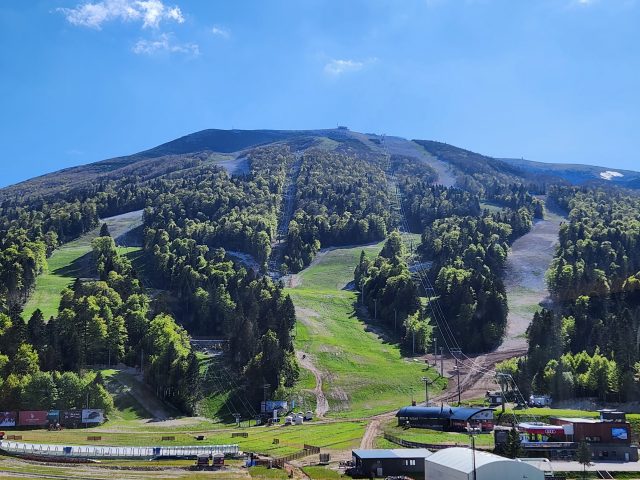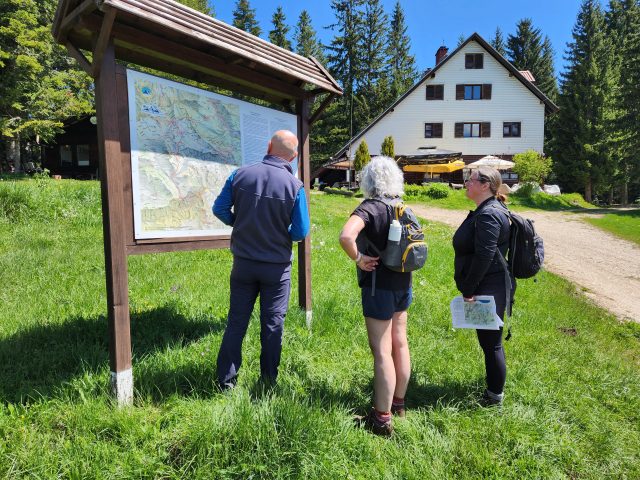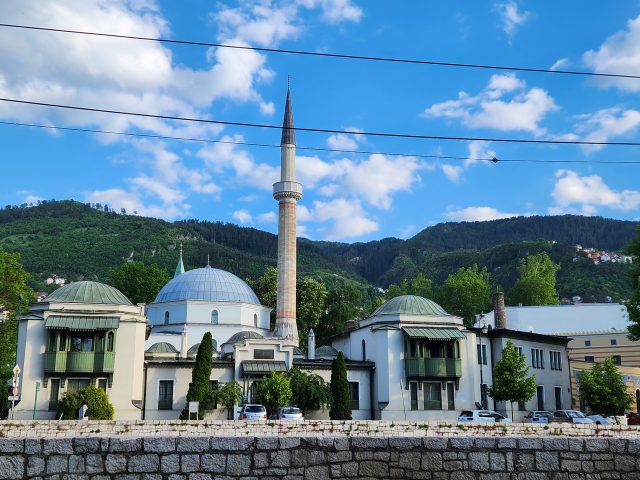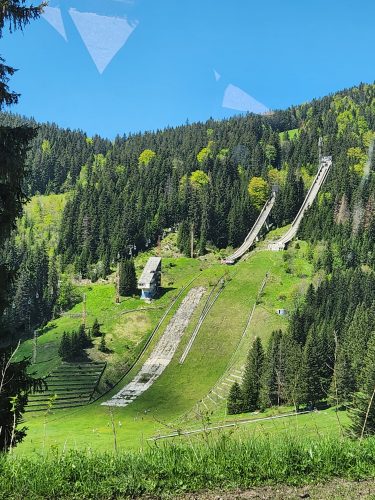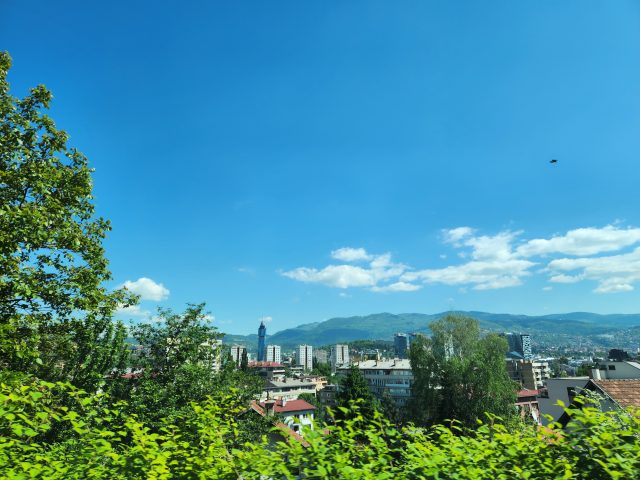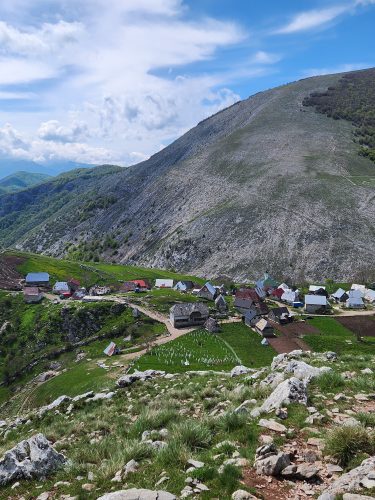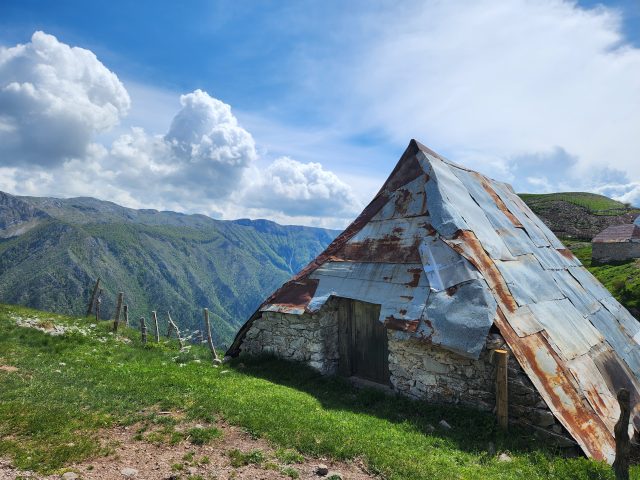If you’re dreaming of a holiday that blends adventure, culture, and breathtaking scenery, a Bosnia hiking holiday is the perfect choice. This journey takes you deep into the Dinaric Alps, where remote villages, Olympic mountain landscapes, and rich traditions await.
Our self-guided walking trip combines scenic trails with meaningful cultural encounters, making it one of the most rewarding hiking tours in Bosnia and Herzegovina.
Here are seven unforgettable highlights you’ll experience on this journey:
Thinking about a trip to Bosnia?

Mount Igman offers a unique mix of tranquillity and history. Stroll through peaceful forests, listen to the calls of cuckoos, and discover a hidden mosque built by Bosnian soldiers during the 1990s conflict. Passing a war cemetery, you emerge onto the mountain’s sunnier side, where the 1984 Winter Olympics took place, including the biathlon competitions. It’s a walk that blends nature, remembrance, and sporting history.
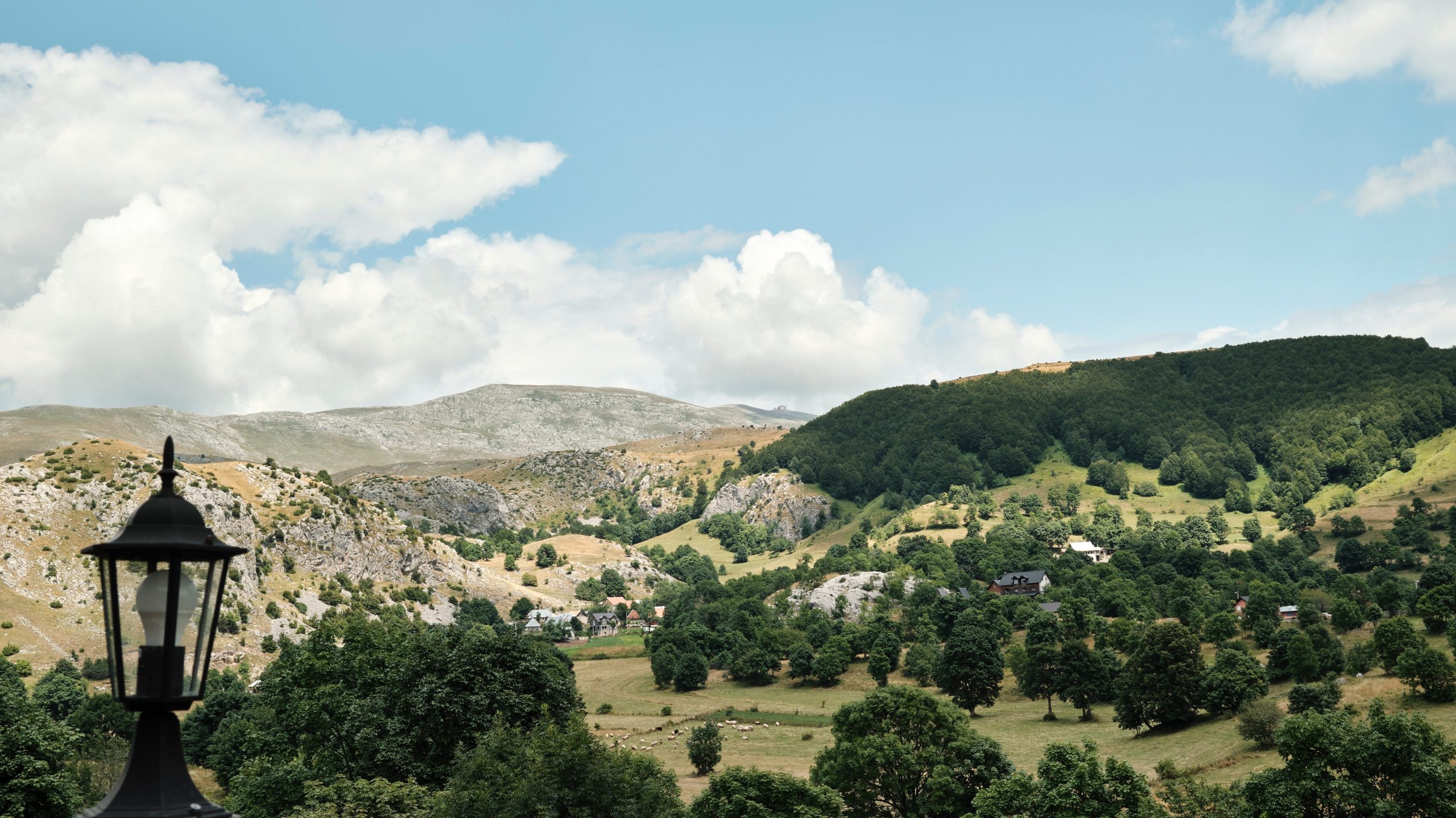
We visit Umoljani, a small mountain village with two extraordinary stories. The first, according to local folklore, is of a dragon once turned to stone here after villagers prayed for protection. The second is the destruction of the village during the 1992–1995 war, all but the small village mosque that miraculously survived. According to legend, the imam once cured the child of a Yugoslav People’s Army officer, who then spared the mosque from destruction. It is also rumoured that the Sarajevo Haggadah was hidden here at that time.
Today, Umoljani remains a symbol of resilience and tradition, set against a stunning alpine backdrop.

No hiking trip in Bosnia is complete without reaching Lukomir, the country’s highest and most remote village, where shepherds still tend their flocks and traditional handicrafts are alive. At nearly 1,500 metres, Lukomir’s stone houses and wooden roofs overlook dramatic mountain ridges and the deep Rakitnica Canyon. Life here has changed little for centuries, offering a rare glimpse into an authentic highland culture. Visiting Lukomir is often the emotional high point of a Bosnia hiking holiday, where tradition and landscape meet in perfect harmony.

Sarajevo is a city of striking contrasts. Wander from Ottoman-era bazaars to Austro-Hungarian boulevards, sip Bosnian coffee in lively cafés, and discover a city where East meets West. This rest day allows you to recharge while soaking up one of Europe’s most fascinating capitals and visiting some of its many museums that tell stories of resilience and renewal.
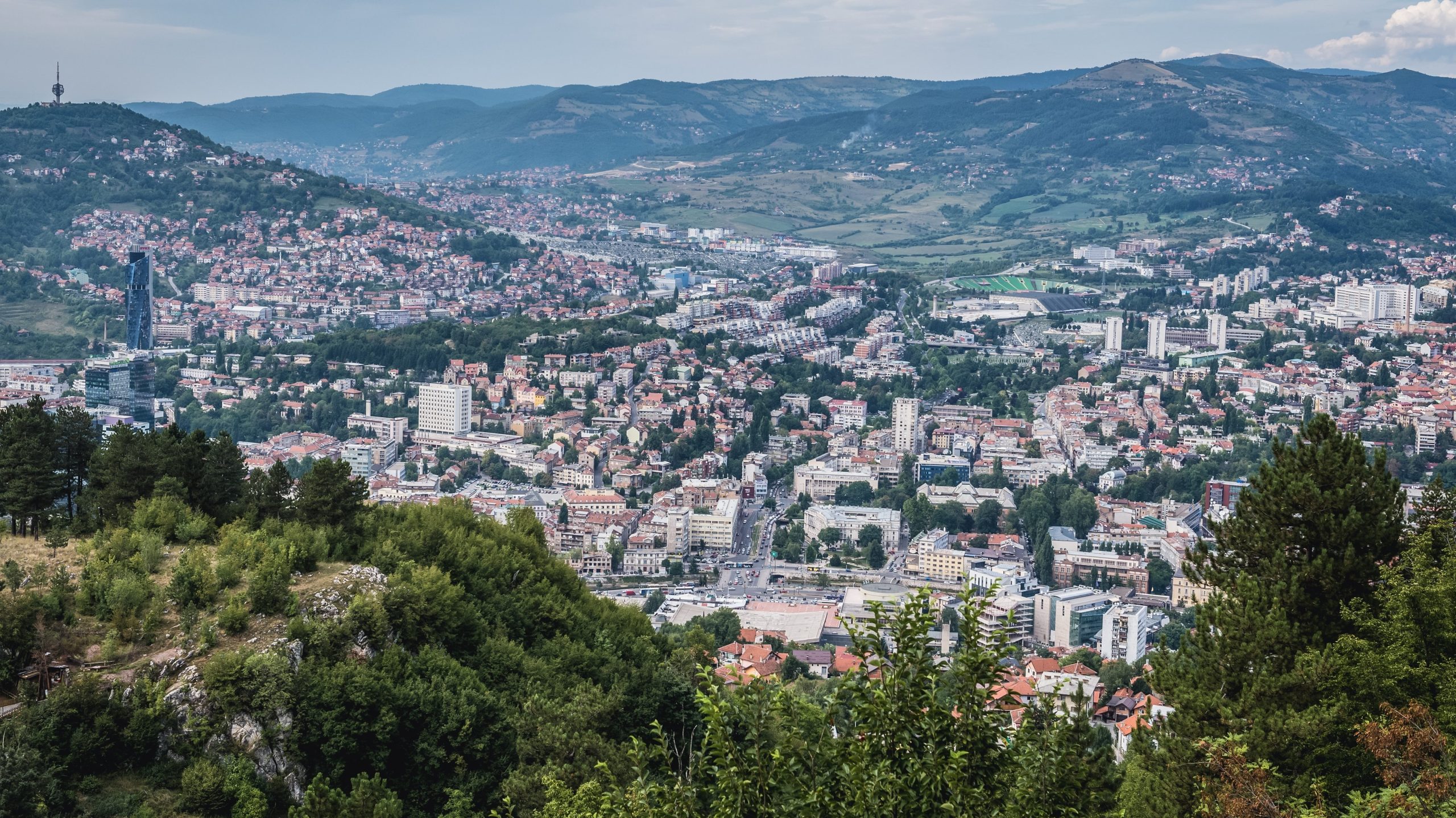
Above Sarajevo rises Trebevic Mountain, a combination of natural beauty and haunting history. A scenic hike leads to the abandoned Olympic bobsled track, once a symbol of sporting pride, later scarred by conflict, and now transformed into a colourful open-air gallery covered in street art.
It’s a striking reminder of Bosnia’s creativity, strength, and ability to transform the past into something new.

Every Bosnia walking holiday is enriched by the country’s warm hospitality and delicious cuisine. From the savoury burek pastries you’ll enjoy in Lukomir to grilled meats, rich stews and homemade rakija, meals are shared with generosity and heart. Dining in a mountain village or a Sarajevo restaurant is as much about connection as it is about flavour.

Throughout this hiking holiday in Bosnia, the landscapes are unforgettable. The Dinaric Alps reveal sweeping valleys, flower-filled meadows, and rugged mountain ridges. Whether trekking across alpine pastures or simply taking in the views from the trail, you’ll find every step filled with natural beauty and adventure.
This is more than just a walking trip; it’s an immersion into Bosnia’s landscapes, traditions, and living history. With authentic cultural encounters and unforgettable trails, using the Headwater Navigation App to show you the way, this Bosnia hiking holiday promises stories and memories to last a lifetime.
To learn more about our dedicated itinerary explore our trip – W07BH – Walking the Olympic Mountains of Bosnia.
When is the best time to hike in Bosnia?
Late spring and early autumn are gloriously clear and cool, with May–June and September–October being the peak seasons for walking.
Is Bosnia suitable for first-time hiking holidays in the Balkans?
Absolutely dramatic karst peaks, quiet trails and warm hospitality, with the Headwater Navigation App, luggage transfers and local support to keep things seamless.
Does the Headwater Navigation App work offline in Bosnia and Herzegovina?
Yes, download your routes before you go, and the app guides you via GPS, even without data on the trail.
Do you need a visa or travel insurance for a Bosnia hiking trip (UK/EU/US travellers)?
UK/EU/US visitors typically don’t need a visa for up to 90 days; adequate travel insurance is compulsory on Headwater trips.
What food to try on a Bosnia hiking holiday (burek, stews, coffee, rakija)?
Tuck into burek (cheese/spinach/meat pies), hearty stews and grilled dishes; linger over Bosnian coffee and toast the day with a little rakija.
Are there vegetarian or vegan options available in restaurants in Bosnia and Herzegovina?
In cities like Sarajevo and Mostar, you’ll find veg-friendly spots; in rural areas, choices are limited but still doable with salads, bean stews, and cheese/veg pies.
What to pack for a Bosnia hiking holiday (layers, boots, water, cash)?
Light layers and waterproof, broken-in boots, a sunhat and SPF, a 1–2L refillable bottle (streams can run low in late summer), a small first-aid kit, and some cash for huts and mountain cafés.
